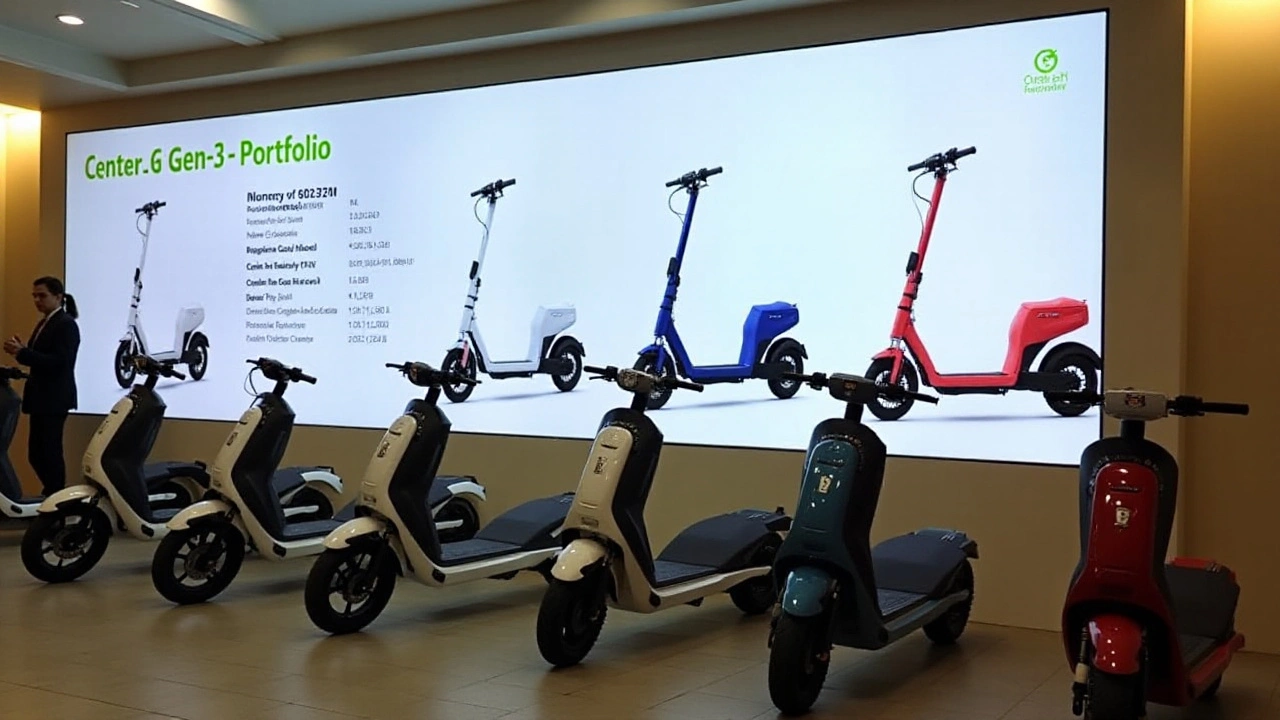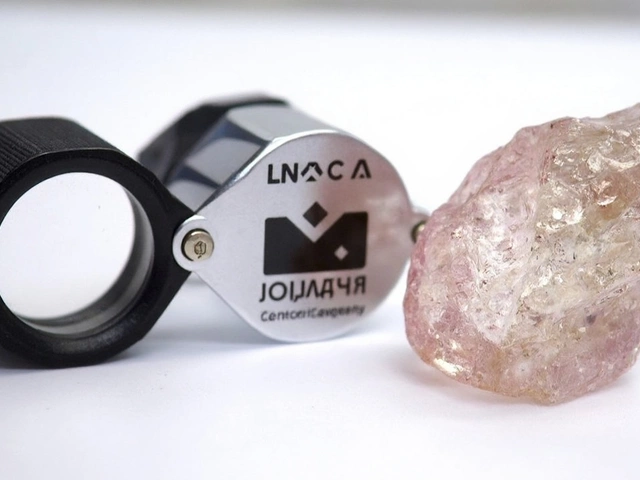Ola Electric – Everything You Need to Know Before You Ride
Thinking about going electric? Ola Electric has become one of the most talked‑about names in India’s two‑wheel market. From slick designs to a growing charging network, the brand promises a hassle‑free switch from fuel‑guzzlers to silent, clean scooters. Let’s break down what makes Ola Electric stand out, how to charge it right, and why it could be the smartest move for your wallet and the planet.
Why Choose an Ola Electric Scooter?
First off, the ride experience is surprisingly smooth. The instant torque gives you quick acceleration without the jitter of a gasoline engine. Battery life is another strong point – most models offer 75‑100 km on a single charge, which is plenty for daily commuting in most Indian cities.
Cost‑wise, you save on fuel and maintenance. No oil changes, no spark plugs, and fewer moving parts mean lower service bills. Plus, the government’s EV incentives can shave off a few thousand rupees from the price tag, making the up‑front cost more palatable.
Charging Made Simple
One common worry is where to charge. Ola Electric is rolling out its own network called ‘Ola Charge’, with fast‑charging stations popping up in malls, office complexes, and even roadside kiosks. A fast charger can top up the battery to 80% in about an hour, while a home charger takes roughly 6‑8 hours for a full charge.
Here’s a quick checklist to keep your scooter charged and ready:
- Plan your routes. Identify nearby Ola Charge points using the app.
- Use the dedicated home charger. It’s safer and charges at a steady rate.
- Avoid deep discharge. Try not to let the battery drop below 20% regularly.
- Keep the battery cool. Extreme heat can degrade capacity, so park in shade when possible.
Following these habits extends battery life and keeps performance consistent.
Tech Features That Matter
Ola scooters aren’t just about a motor and a battery. They pack a smart dashboard with Bluetooth connectivity, GPS tracking, and a mobile app that lets you lock or unlock the bike remotely. Some models also have regenerative braking, which recovers energy when you slow down – a nice boost for city traffic.
The app offers ride analytics, letting you see how far you’ve gone, average speed, and even the cost per kilometre. This data helps you tweak your riding style to get the most mileage out of every charge.
Is It Right for You?
If your daily commute stays under 80 km, an Ola Electric scooter fits like a glove. It’s especially appealing for riders who value low operating costs and want to cut down on emissions. However, if you frequently travel long distances or need a scooter for heavy cargo, you might want to look at larger battery options or alternate EV models.
Finally, test‑ride one. Feeling the quiet acceleration and checking the comfort of the seat are simple steps that can seal the deal. Once you’re on board, you’ll notice the quiet city streets and lower fuel receipts – a win for both you and the environment.
Ready to make the switch? Grab an Ola Electric scooter, plug it in, and enjoy the ride. The future of two‑wheel travel is here, and it’s electrifying.
Ola Unveils Revolutionary Gen-3 Electric Scooters: Prices, Performance, and Specifications
Ola Electric has taken a bold step forward with the launch of its third-generation S1 electric scooters, aiming to redefine urban mobility. The new lineup includes a variety of models, each offering distinct features and enhanced performance, ranging from the S1 X to the S1 Pro+. With starting prices at ₹79,999 and top-tier models priced up to ₹1,69,999, these scooters boast innovative technologies such as the MoveOS 5 and are scheduled for delivery by mid-February 2025.




